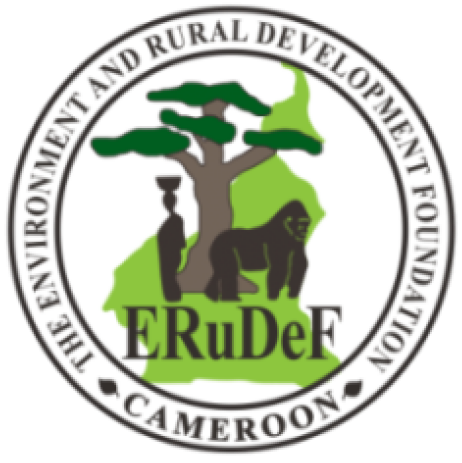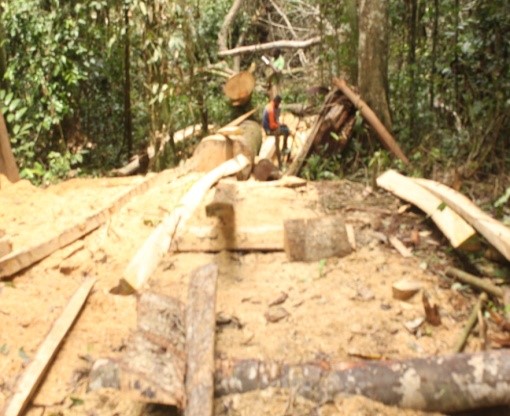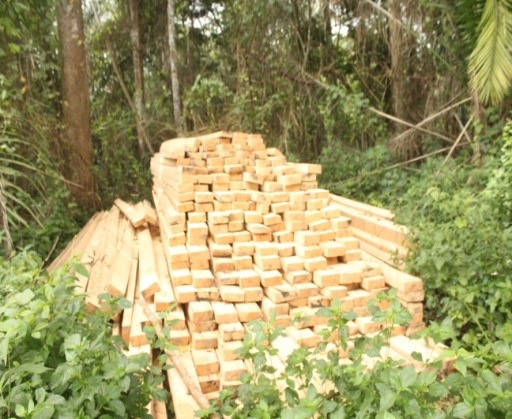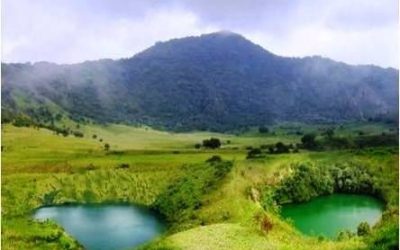Mere Dreams are just dreams but dreams with vision are real dreams. When God smiled in Genesis giving man dominion over what he has created, he made man have a focus to manage his resources and sustain his life. Man in appreciating the work of God has gone further to use the knowledge given to him to make the impossibility possible. Saving wildlife especially great apes in a human dominated landscape in the Deng Deng National Park corridor is a tasks ERuDeF is engaging in by using the God given knowledge to restructure and improve the life of man by adding value to what is present to maintain his culture and let free the endangered species.
The two proposed Community Forest Reserves (CFRs) measure 5,000 ha (CFR 1) and 4,588ha (CFR 2). Community forest 1 is located between latitudes 5°0’06.09’’ – 5°05’55.17’’ North of the Equator and longitudes 13°19’44.60’’ – 13°27’07.73’’East of the Greenwich Meridian and community forest is located between latitude 5°07’06.14’’–5°12’57.47’’North of the equator and longitudes 13°28’46.32’’ – 13°33’07.45’’East of the Greenwich meridian. Eleven natural resource dependent communities are distributed in the corridor with their source of livelihood derived from the forest. Their everyday activities are threats to the survival of biodiversity in the area.
The Major threats to wildlife identified in the landscape are agricultural activities (hunting and logging). These activities are threatening the survival of wildlife in the community forest. Tales from the Deng Deng indigenes confirmed that all these threats are old and have been part and parcel of man. Thus these activities have affected and are affecting the primates, ungulates, carnivores and rodents in the landscape.
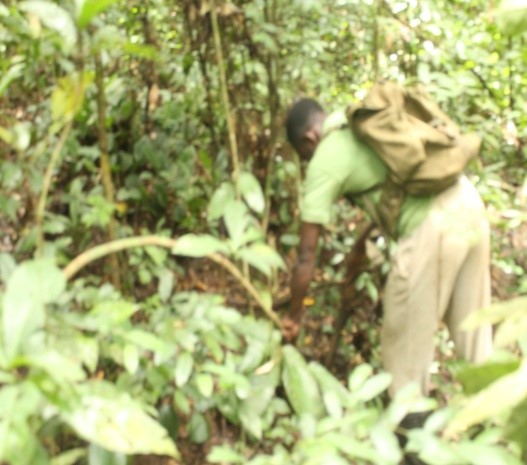
Snare trap 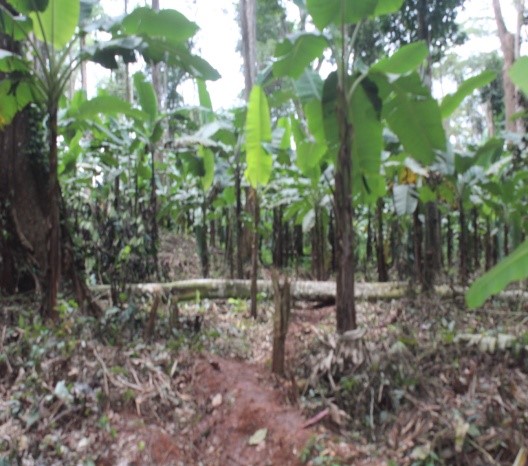
Plantain plantation
Hunting activities carried out here include the use of guns and snares. Gun sounds are heard throughout the community forest at close proximity to the settlement. Used cartridges are found in the forests close to settlements. All wildlife species are victims to the guns and thus this is very dangerous to the survival of wildlife. Snares were also identified throughout the forest and were mainly for ungulates and rodents with species such as yellowed franked duiker, blue duikers, porcupine and pangolin the greatest victims. These species are dominant in local restaurants in the Deng Deng village. The African civet is also very common in local restaurants, indicating that the species is also very vulnerable to hunting activities.
Agricultural expansion is another great threat to the survival of wildlife in the landscape. Subsistence agriculture is the main agricultural practice carried out in the corridor. Rotational bush fallowing is the main agricultural system practice in the corridor. Farms identified in the forest include plantains, cocoyam, maize and cassava farms. Old cocoa farms and palms are also found in the landscape.
There is rampant illegal logging in the forest. This seems to be the greatest threat to the survival of wildlife in the area. Logged woods are found in different zones across the landscapes from Mansa through Hona to Deng Deng village. These woods are harvested and transported through head load to accessible roads where there are then loaded in trucks to the city. Thus, this is one of the greatest threats to biodiversity in general and wildlife in particular. Logging and farming are the main sources of habitat fragmentation and degradation.
With these human activities which man is using to survive in the corridor and unknowingly degrading and fragmenting the habitats of great apes, ERuDeF is aiming at restructuring, shaping and improving the lives of man in the corridor while protecting the remaining population of great apes (gorillas and chimpanzees) by ensuring their free movement from the Deng Deng National Park to the Dja Biosphere Reserve.
